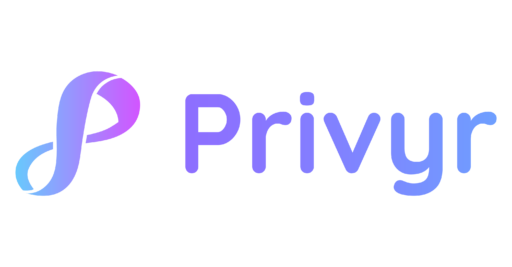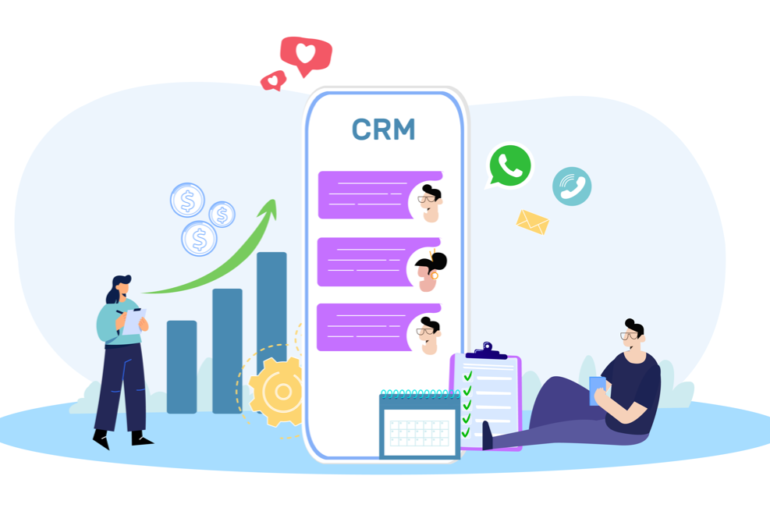Apps like WhatsApp and iMessage have become the norm for messaging. And one thing you might have noticed is that not everyone likes to type out their messages. Some people hate typing, some type slowly, while others find it hard to type when trying to convey a lot of information.
That’s why many people prefer using voice messages, especially when they’re conversing with their friends and family, or when they’re somewhat distracted (e.g. driving or cleaning). While it does add a personal touch to the conversation, is it also appropriate to use voice messages for business? Will this make you appear more approachable to potential customers?
The short answer is this: You generally shouldn’t use voice messages when starting a new conversation with a new lead. However, you can consider using them later in the conversation, depending on how the lead interacts with you.
Voice messages can feel more personal and inviting, and that could help you create stronger relationships with your prospects. However, there’s a specific strategy you need to use when voice messaging leads.
So here are the two things you’ll learn from this article:
⚠️ Here’s when you should NOT send voice messages to leads
1. When you’re reaching out to a lead for the first time, it’s better to send them a message via text instead of voice.
Imagine receiving a WhatsApp message from an unknown number, and it’s just a voice message. You have no idea who the sender is and what they want to say. The only way for you to know is to click play. But you might not even want to do that because it’s already an unpleasant experience trying to figure out why they’re contacting you.
Voice messages cannot be previewed and, therefore, don’t provide enough context that encourages new leads to respond to you. Since you’re still just an unknown salesperson from their perspective, they might even ignore your message out of fear that it’s a scam or spam.
The lead could also be too busy to listen to your voice memo, or their environment is far too noisy for them to hear you clearly. They might make a mental note to listen to your message later when they have the time, but they can easily forget about it as the day goes on. Now if you had sent the message as a text instead, they probably could’ve replied immediately and got the conversation going.
On the other hand, when you send a text to your new prospects, they will be able to read a preview of your text messages right from their mobile notifications. They’ll have much more context about why you’re contacting them, even before opening the message. That alone can significantly boost your chances of getting a reply and avoid getting labelled as “spam”. In your opening message, you should always introduce yourself first and why you’re contacting them, and it’s easier to do this via text instead of voice.
If you’re wondering whether calling is effective for your first outreach, we also have an article on calling vs. texting new leads.
2. Texting is better when you’re attempting to open up conversations. Including existing chats where it has been a few hours, days, or even months since your last message.
Every time you send a message, you need to consider whether the person will know what you’re talking about. If it has been a while since you last interacted, the conversation isn’t fresh on their minds, and they may not immediately know why you’re messaging them.
In these situations, you’ll still need to provide enough context for the lead to understand why you’re trying to re-connect with them. And that’s going to help them decide whether to prioritise responding to your message.
If you message them via text, they can at least get some context from the preview and decide to respond quickly. However, if you only send them a voice message, which cannot be previewed, they might think, “Oh, it’s probably just another sales push from XYZ. I’ll deal with it later (aka. never).”
3. When you’re sharing information that your prospects might want to refer to later, remember that text messages will be easier for them to search for.
In your text messages, you’re most probably explaining about the products or services that you provide. If a prospect wants to revisit this content later (maybe when they have a follow-up question or are ready to buy), they can easily do so by opening WhatsApp and searching the keywords that they remember about your conversation.
For example, you remember having a chat with a real estate agent who is selling properties at ACME Residences, and now you’re ready to buy a property there. You can just go into WhatsApp and search “ACME Residences”, and your previous conversation with the realtor will likely pop up.
If your conversation only has voice messages, your prospects wouldn’t be able to search for your chat as easily. And you might miss out on a sale there. Plus, even if they do find it, they still need to go through the hassle of listening to every voice recording again. Not the most effective way to get the information they need to make a purchase.
TL;DR: Always start a new conversation with your leads by sending a text message. Ideally, conversation starters should provide context as to why you’re reaching out. And they should be incredibly convenient for leads to read, revisit, and respond to. A voice message is the opposite of that.
The trick to send your message via text for the opener, the context, and the summary. Your lead will find it easier to search for the key information they need from your conversation. And these texts will also serve as “landmarks” to help them search through the chat, including any images or voice messages you’ve exchanged in between.
✅ Here’s when you CAN send voice messages to leads
So when is it okay to use voice messages with your leads? It’s such a widely-used communication method, so there must be some way you can utilise it for your business, right? Definitely!
- Take reference from how the customer interacts with you. If they switch to voice messaging, then you can (and maybe even should) definitely do the same! Similarly, if you’ve voice-messaged a customer but they only ever reply in text, this might be your cue to switch to text instead. In other words, observe how your prospects interact with you and adapt to their preferred way of communicating.
- When you’re having an ongoing conversation with your lead and they’re actively replying, that’s how you know that they’re currently available and highly engaged. This is when you can switch to voice messaging so it’s easier to share more content without having to type everything out. You can also deliver a more personal touch and be more expressive through voice messages. However, keep in mind that there are people who simply prefer texting over voice messaging. By default, you should always send messages to them via text.
- Bonus Tip: You can send a voice note (or even a video message) when you want to super-personalise celebratory messages, such as birthday or holiday wishes. This way, you can leave a bigger impact on your leads, because they might feel like you went the extra mile to wish them on their special day. It’s unlike a text message, which most people know can be copy-pasted and reused for everyone else. That said, you should still start with a text-based message for the intro and context before sending the voice or video note, for the reasons mentioned above.
Before you go, you might want to know this…
What you say in the first text message you send to new leads is crucial. They’re more likely to engage with you if you say the right things and ask the right questions. Want higher lead response rates? Check out our article on how to message new leads so they actually reply to you.






